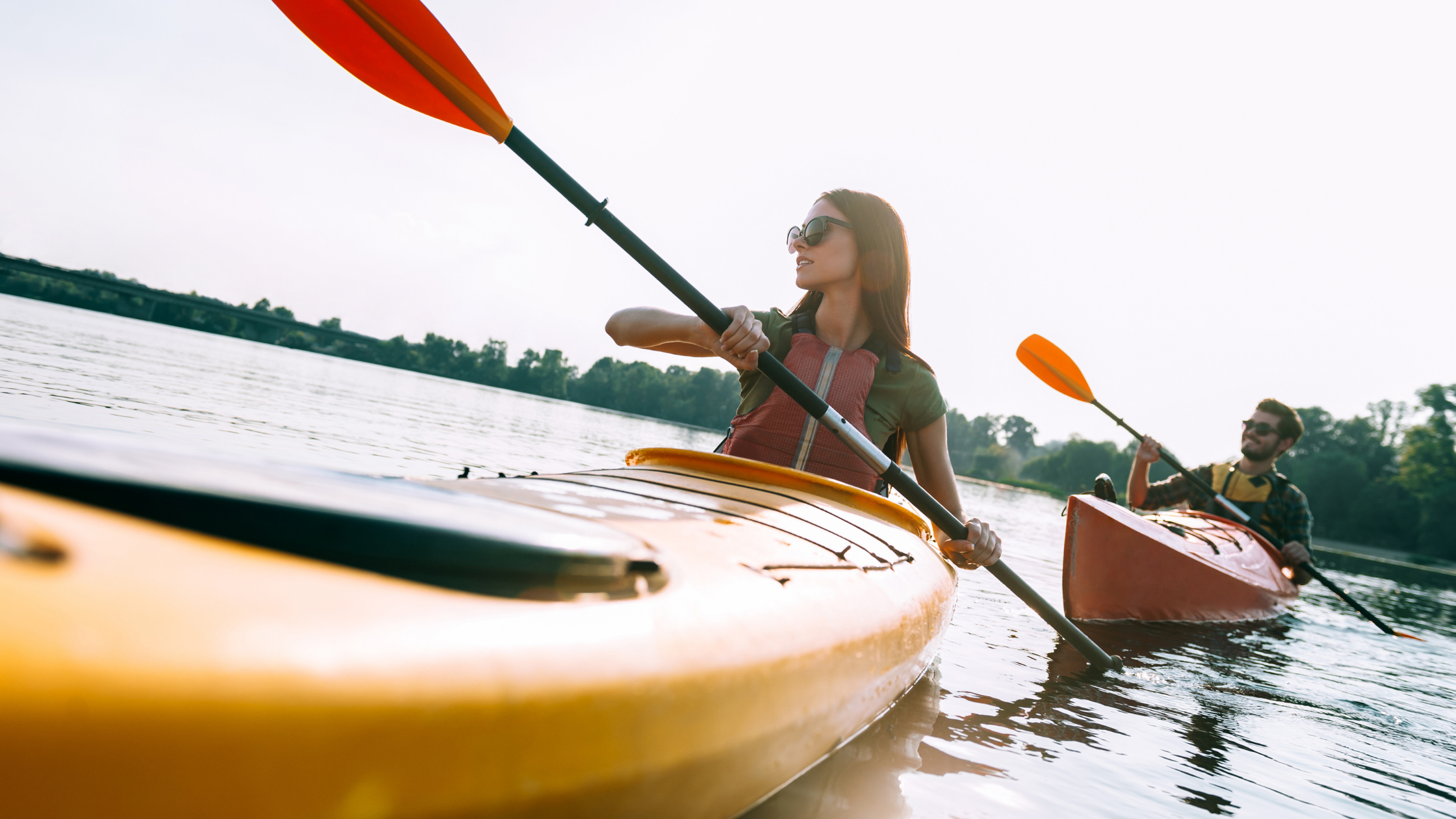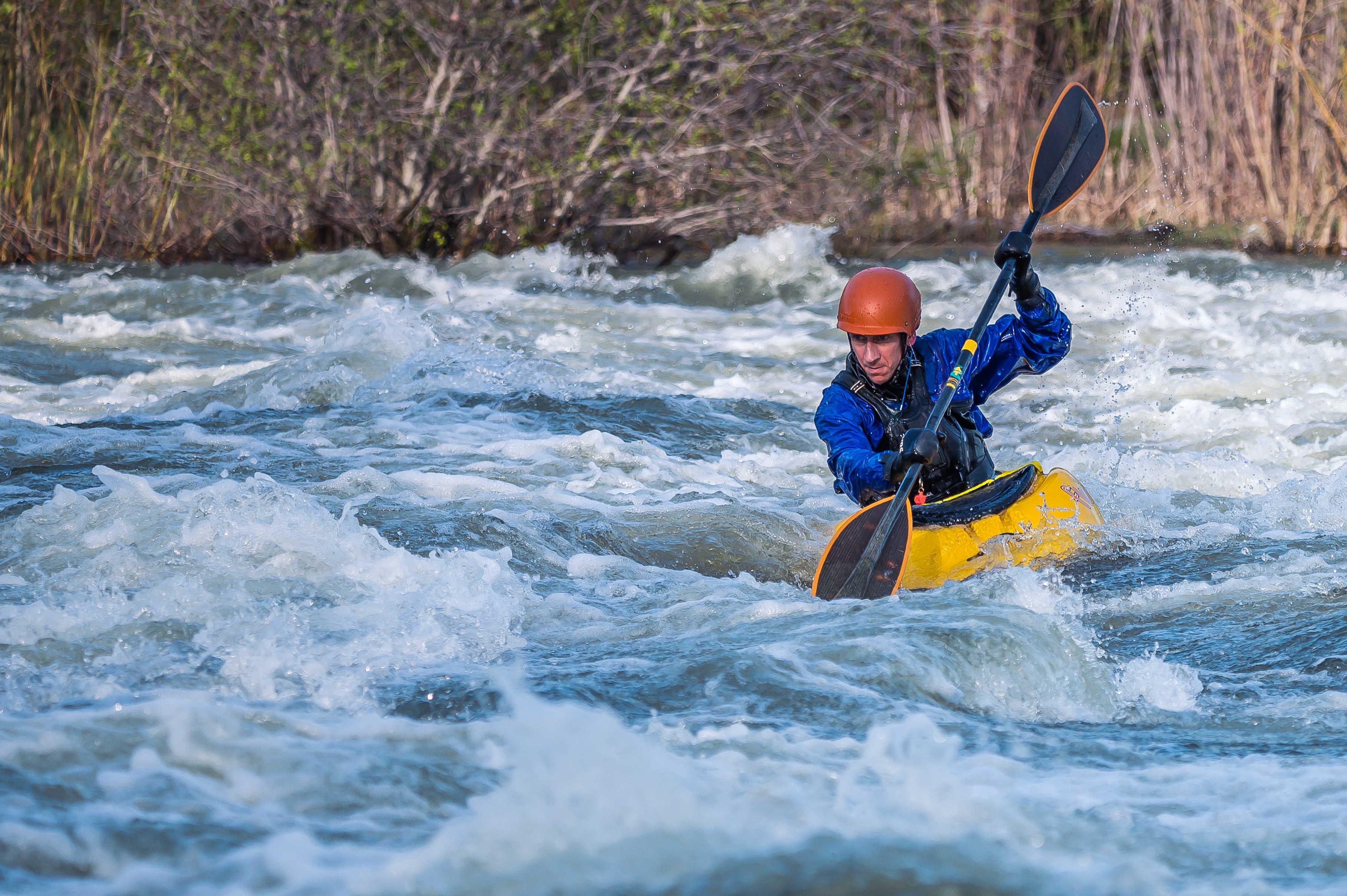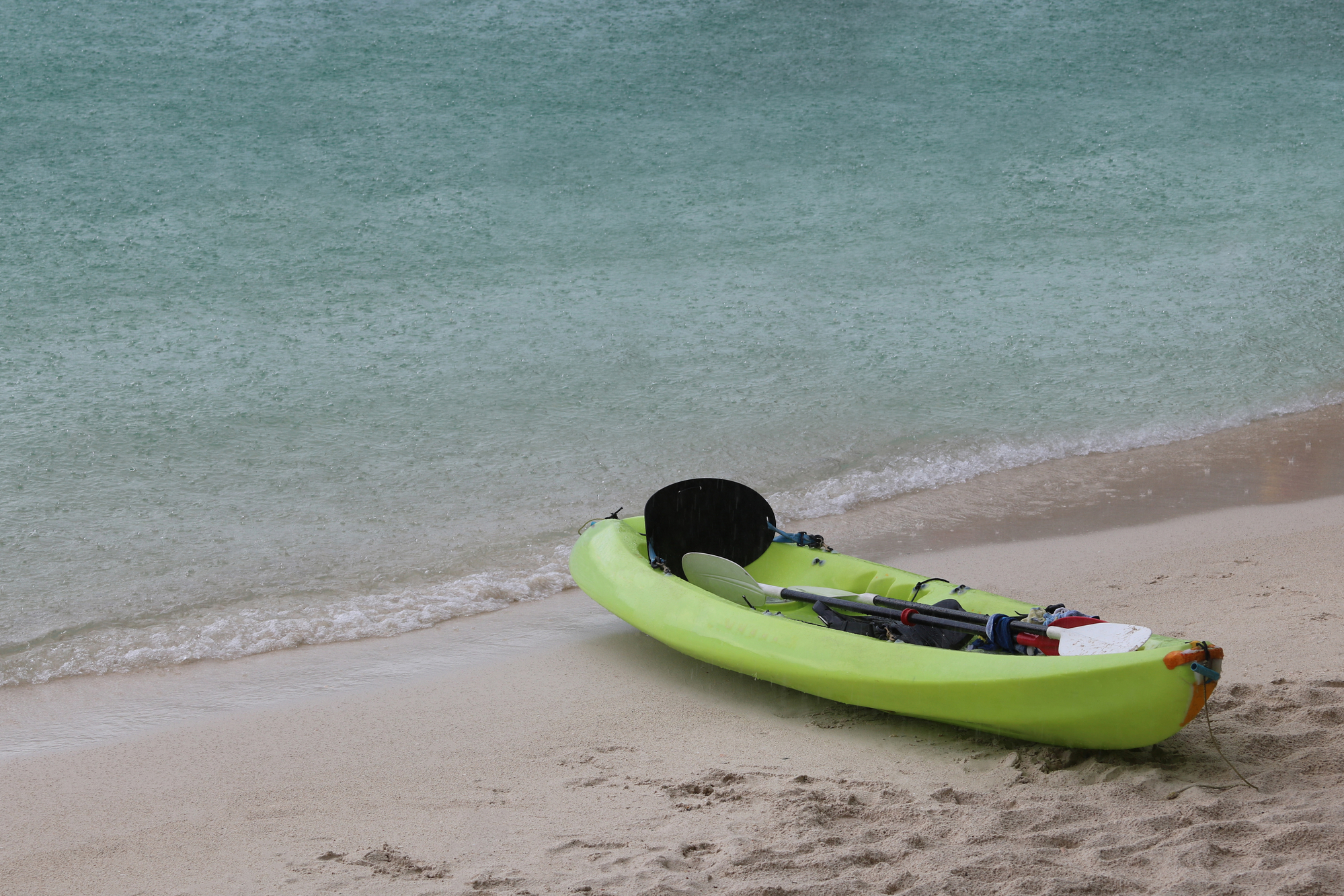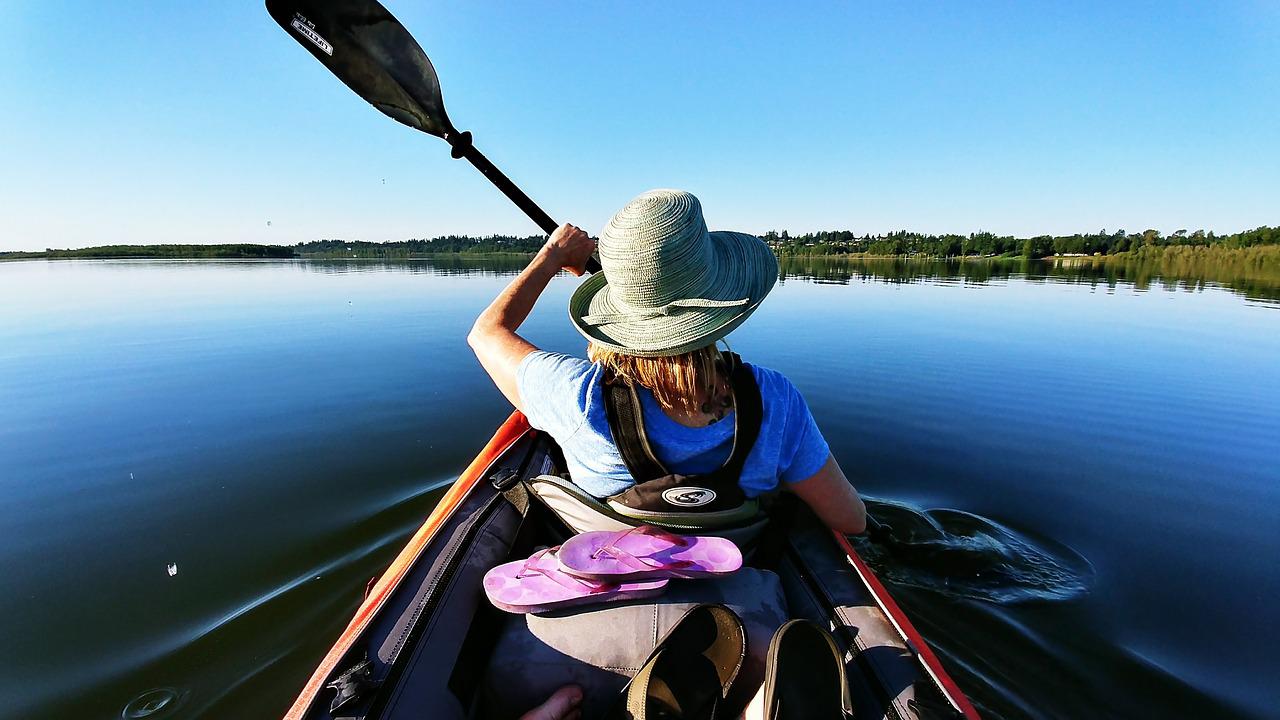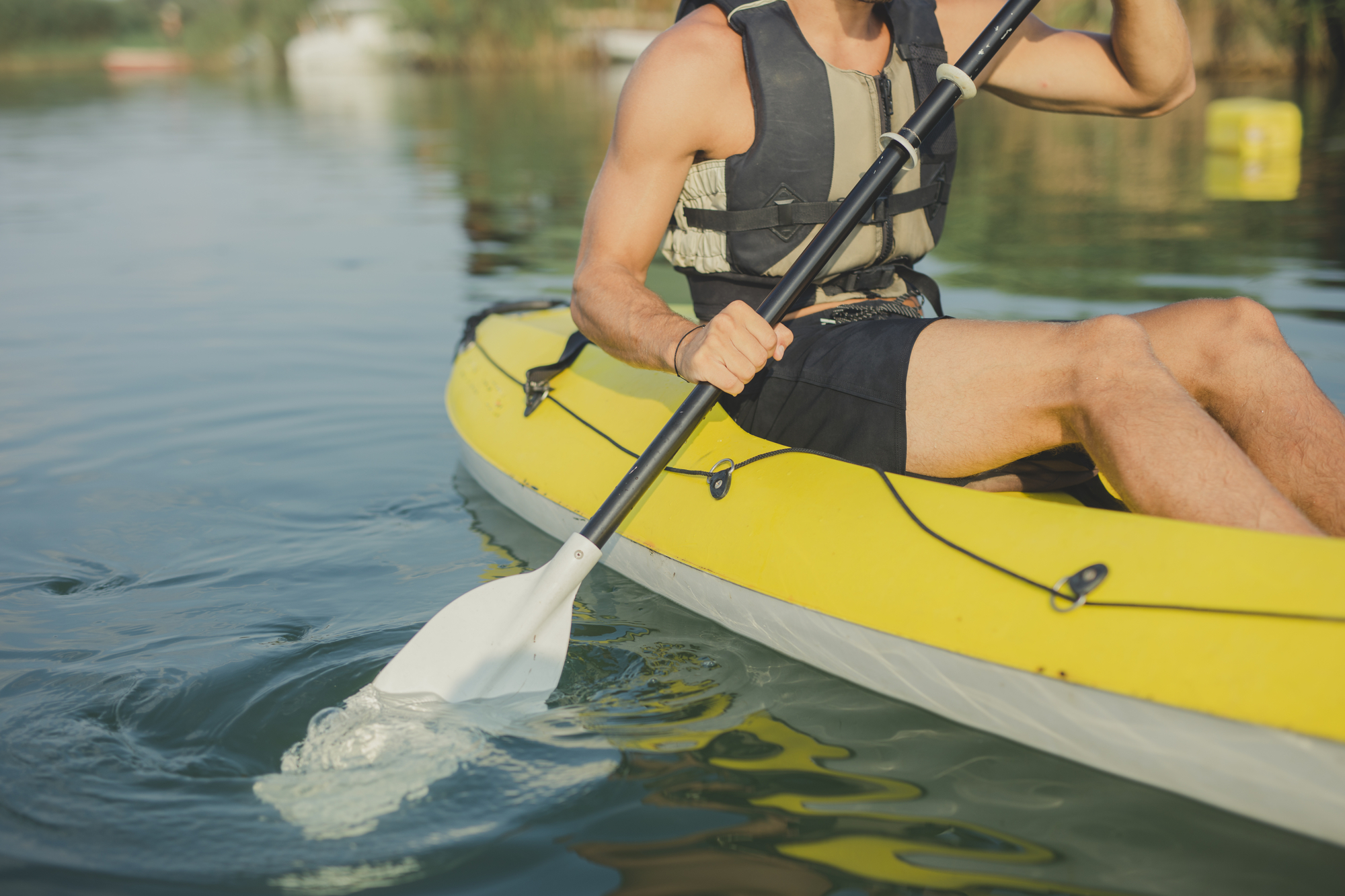Falling in love with kayaking is easy, given the sport’s slow pace and gorgeous environment. However, it's critical to gauge how far you can paddle in a day so you can get the best experience without overexerting yourself.
It can be difficult to determine how far you can paddle in a day since everyone's strength and stamina are different. You also have to consider the type of kayak you're using and your gear's weight.
With these in mind, let's explore the factors that determine how far you can paddle. We'll also elaborate on formulas you can use to maximize your kayaking experience and the right kayaking gear you should use.
Can Kayaks Actually Travel Fast?
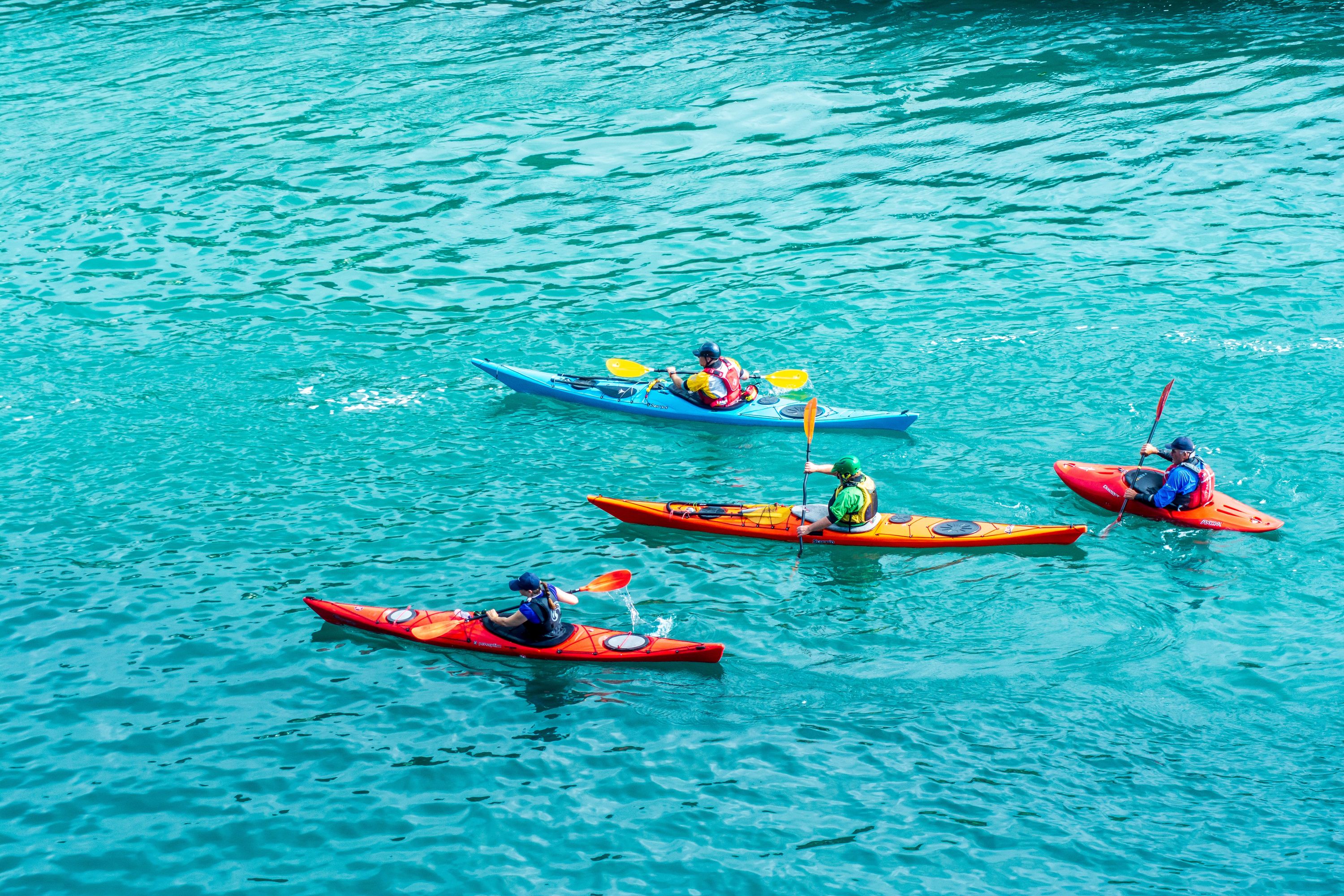
Knowing your kayak's maximum speed will help you gauge how far you can paddle it in a day.
You can approximate your kayak's maximum speed using the Hull Speed formula. The equation is as follows:
Maximum Speed = [SQRT(X)] * 1.34
X is the kayak's waterline length, measured as the length of the kayak's bottom that sits in the water.
While this is by no means an exact calculation, it provides a good starting point for determining how fast (and how far) your kayak can go.
As a rule of thumb, longer kayaks can travel at higher speeds. But you'll need more force to paddle with longer-shaped kayaks to achieve that speed.
Besides physical strength, it's important to note that other factors influence kayak speed that are not accounted for in the formula such as rider’s weight, stamina, and strength.
How Fast Can You Go With Your Kayak?
There's no exact formula to determine your paddling speed in proportion to your kayak's length.
However, the kayak community uses a measurement called “Effort” which determines how fast someone paddles at a light, medium, or high speed.
'Effort' is measured in miles per hour multiplied by a certain variable, as follows:
**Light Effort Speed = MpH * 0.33 (33%)**
Medium Effort Speed = MpH * 0.5 (50%)
High Effort Speed = MpH * 0.67 (67%)
Here's a table that illustrates how many knots a paddler can travel in proportion to the kayak's waterline level and the Effort measurement.
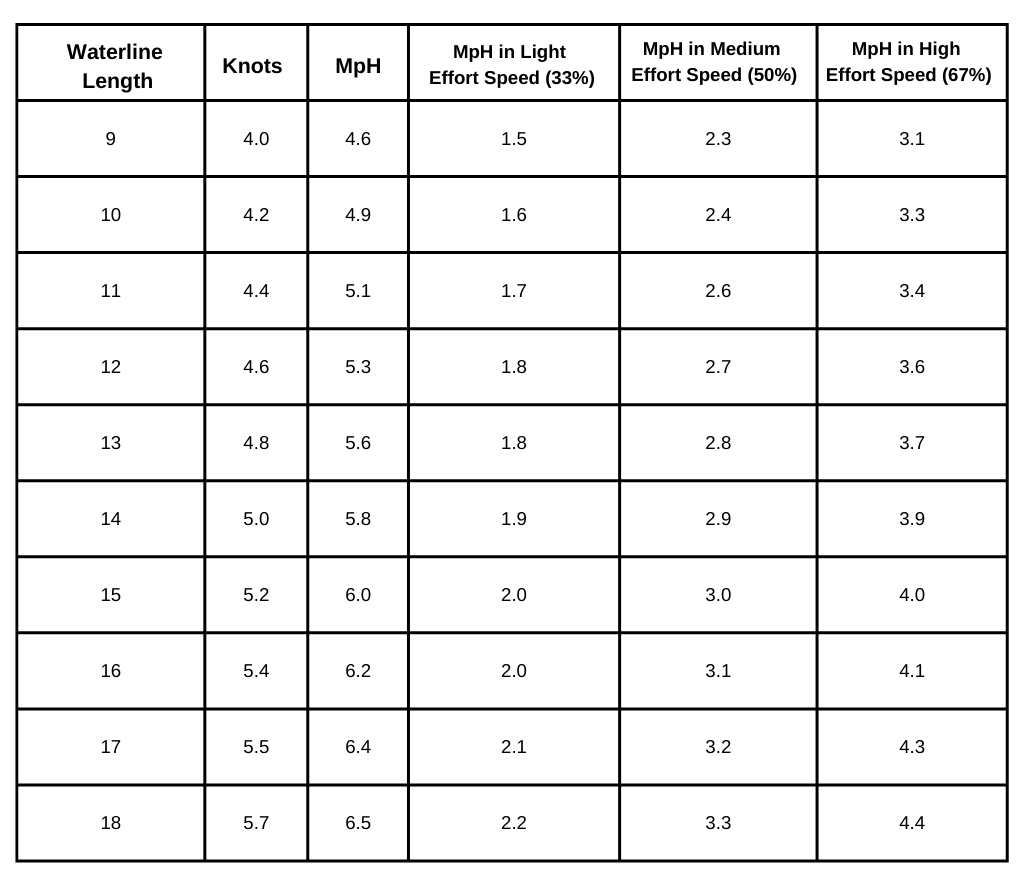
How to Calculate Kayaking Distance?
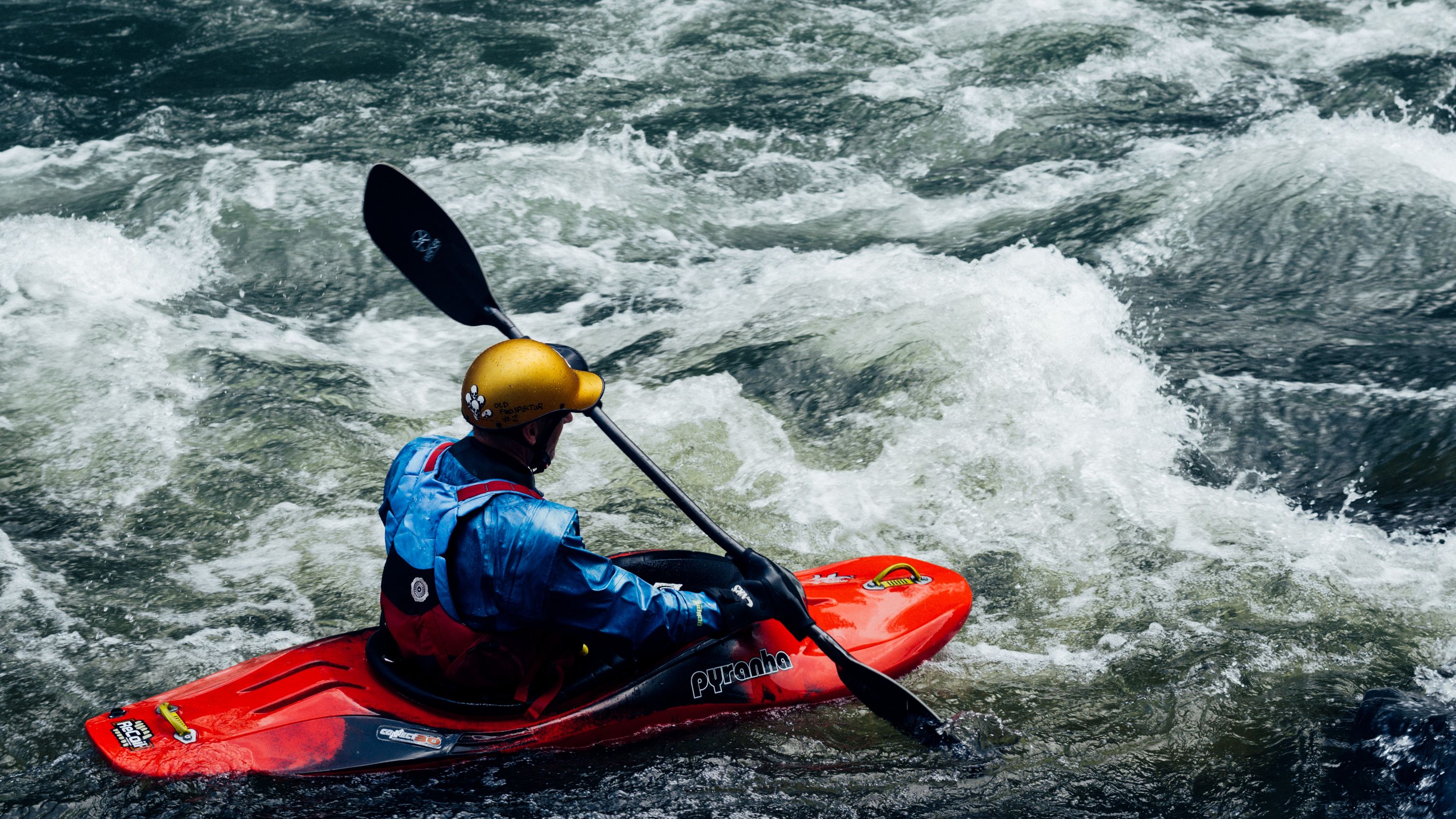
Considering the table's data, here's how to determine the distance you can cover when paddling in a certain number of hours:
Kayaking Distance = Effort (Light/Medium/Hard) * Y
Y is your desired number of hours.
For example: if you plan on paddling for 3 hours with minimal effort while riding an 11-feet long kayak, that results in 5.1 miles of kayaking distance.
In 24 hours, a male professional kayak peddler can travel up to 160 miles in a day on flat water. Pro female kayakers can paddle up to 125 miles.
Only a handful of kayak paddlers can accomplish these long distances. Still, it's worth noting the absolute limits of how far humans are capable of paddling in a day.
Sebastian Szubski and Anjeanine Lees are world-class kayakers who have accomplished these feats.
An average person can kayak anywhere from 8 to 17 miles per day, depending on their physical condition and environmental factors.
What Other Factors Impact Kayak Speed and Distance?
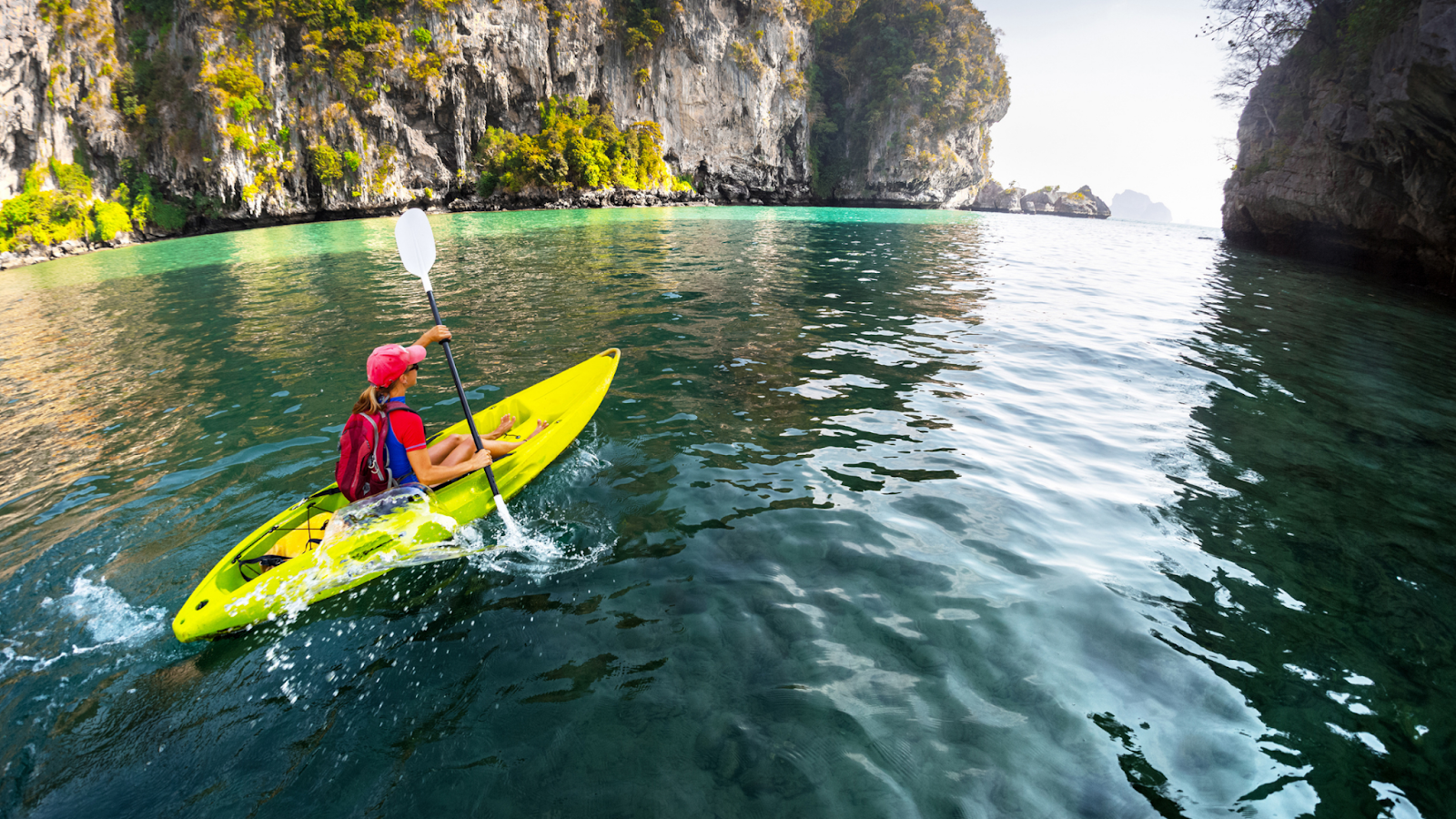
Wind
Wind direction can play a bigger role than you anticipate. When the wind blows in your direction, you can reach your destination with less effort than you initially expected. However, when the wind is working against you, it can provide an additional obstacle.
Make sure to research your location's wind patterns so you can maneuver your kayak at its best.
Waves
While windy days can affect water surface, the size of the waves won’t generally affect your paddling speed.
It is a different story when kayaking during strong winds. If you’re paddling in larger waves, fighting against the current will significantly slow you down. It would be wiser to head back to shore and wait for the waves to settle down before resuming.
Kayak Weight
The heavier the kayak, the deeper it sits in the water.
When paddling on flat water, sit up straight to displace less water on the surface. This will allow you to move faster.
If you are paddling in rough water, sit lower in your kayak as the extra weight can help you. Due to the increased stability, your average paddling speed will be higher.
Is Fitness Necessary to Kayak Long Distances?
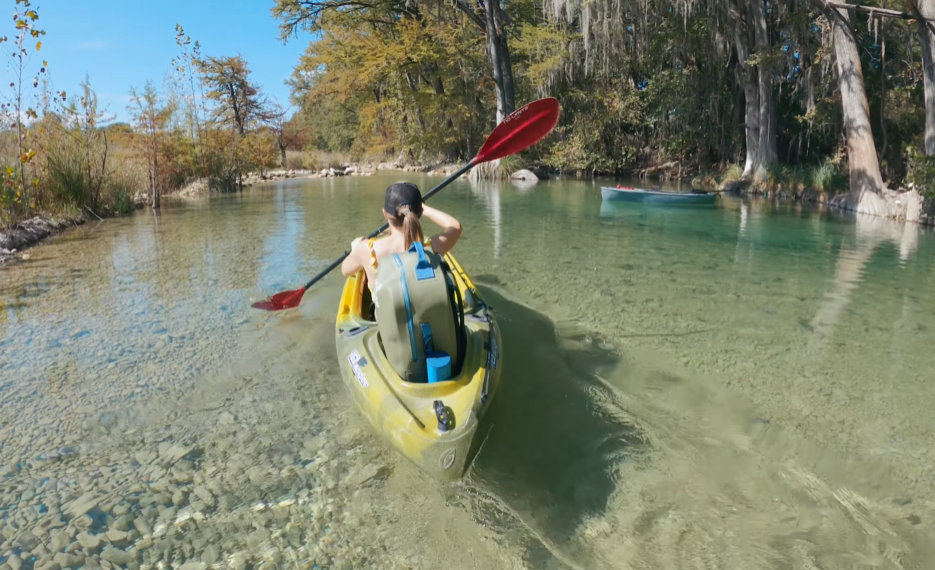
To go kayaking, you don't have to be in great shape. Still, you need some essential fitness to have a relaxing and enjoyable experience for short trips.
Maintaining excellent physical condition for longer distances (between 10 to 15 kilometers) is critical so you don't suffer any injuries or exhaustion during your trip.
If you are not used to exercising, it is best to start preparing several months before long kayak trips.
This will help reduce the risk of muscular pain or other injuries that can occur when you push your body too hard.
It is also important to focus on building up your endurance and stamina. Cardio exercises such as cycling, running, and swimming are all excellent options to help get you in shape for kayaking.
Conclusion
A kayaker's ability to paddle far distances can be impacted by several factors. Some of them are external, like wind direction and water conditions.
However, your physical strength, stamina, and kayak dimensions also play a huge part.
Check out the table and formulas above when planning your next adventure! Hopefully, all this information will give you a good idea on how far you can paddle in a day or in other certain conditions.
Overall, plan where you'll take your kayak, what you'll use it for, and everything else will fall into place with the right research.
Enjoy!

